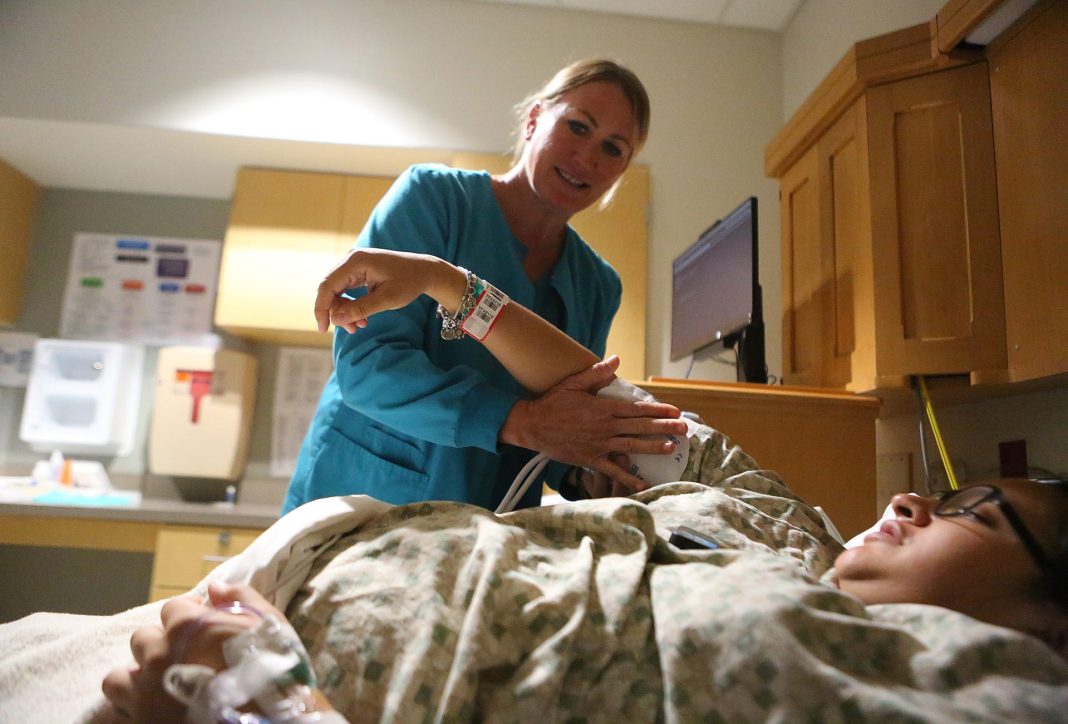|
Only have a minute? Listen instead
Getting your Trinity Audio player ready...
|
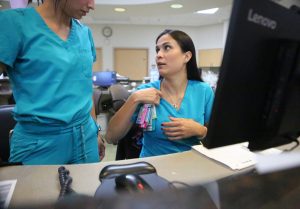
As of December 2023, data shows that while there are more than 1,000 counties throughout the U.S. that are considered maternity deserts, a term coined by the March of Dimes nonprofit to identify areas where maternal health care is scarce, the Rio Grande Valley is not one of them despite having limited resources and being considered one of the poorest regions in the state.
This, however, does not necessarily mean that more help isn’t needed, because while Hidalgo and Cameron counties actually exceed expectations, neighboring Willacy County is considered a desert and Starr County only just cuts the mustard.
In fact, the need for maternity health care is such that while staff and resources are available it’s possible they can be overwhelmed, according to one doctor.
Dr. Efraim Vela, chief medical officer at DHR Health Women’s Hospital, said the Edinburg facility delivers about 6,700 to 7,500 babies a year — or as he put it, roughly the equivalent of an elementary school a month.
“We’re lucky. As poor as we are here in South Texas and all the limitations — you know, the culture, the language barriers, the other issues that come with living in South Texas — we actually have full access to maternity health care in Hidalgo and in Cameron County,” Vela said.
Although the March of Dimes’ data may not consider three of the four Valley counties as maternity deserts, Vela believes the “opposite is true” due to the number of patients local hospitals care for.
“It’s multifactorial, it’s not just the fact that there’s no doctors in the area, we have plenty of doctors, we have midwives, we have parteros in the area that are not physicians but were trained to deliver babies at home and or in clinics,” Vela said.
In order to have adequate maternity care, a county must include availability to more than one birthing center or hospital, maternity care providers and a low percentage of uninsured women.
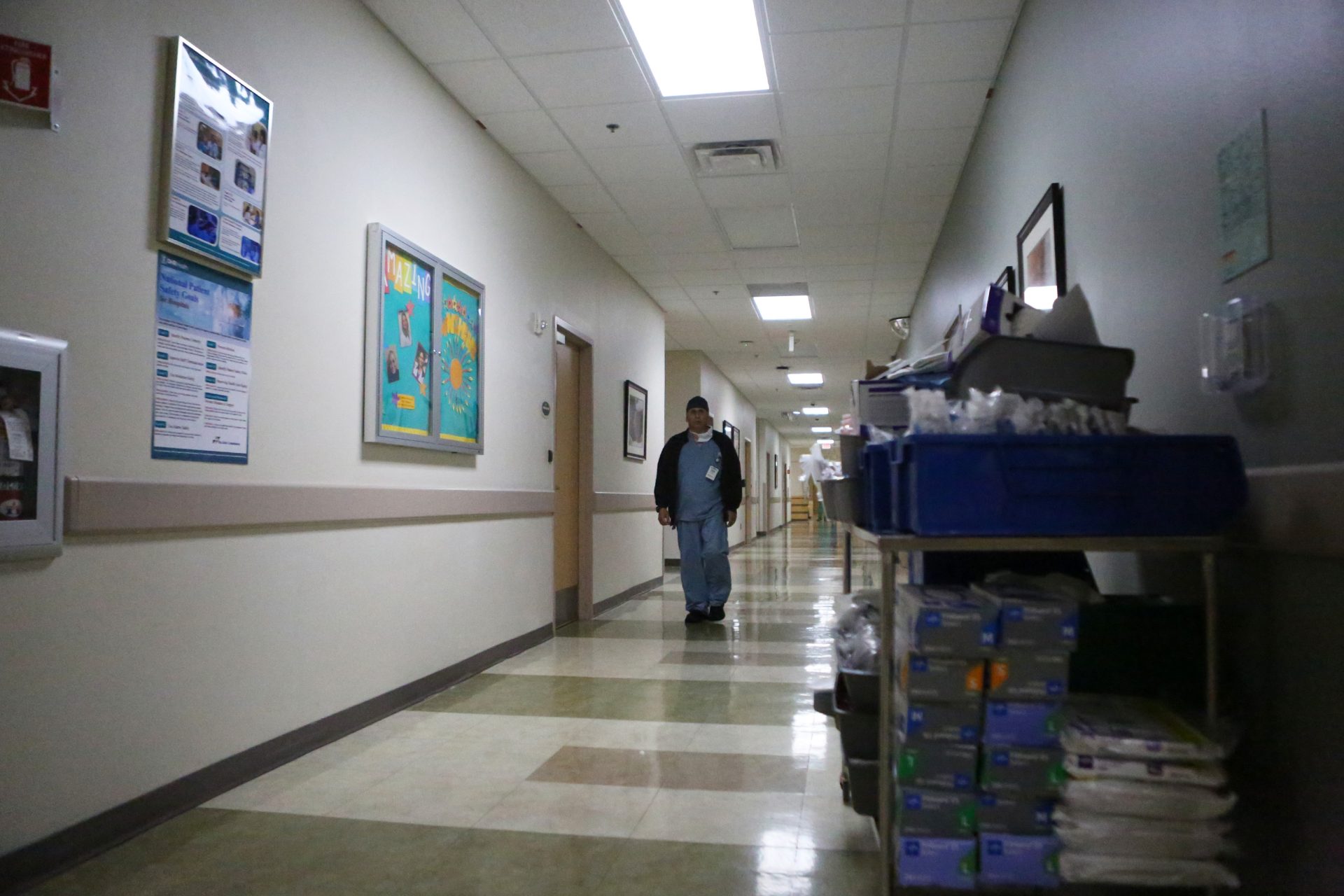
According to March of Dimes, though, the Valley has a large percentage of women between the ages of 15 and 44 who are uninsured with about 43% of women in Hidalgo County being uninsured, 39.4% in Cameron County, 39.6% in Starr County and 27.7% in Willacy County.
Because most Valley counties have more facilities and physicians, however, it does not classify as a maternity desert.
The March of Dimes lists Hidalgo and Cameron County as having five or more hospitals, Starr County with a single hospital or birthing center while Willacy has none, which the nonprofit considers a county that’s a maternity desert due to its low healthcare access.
But Vela explained that along with treating Valley residents, the women’s hospital often sees patients from the northern states of Mexico, including Tamaulipas and Nuevo Leon. This makes the Valley’s needs unique as it’s not just serving its own population.
“We are their healthcare access,” Vela said.
Women have also come in with conditions including diabetes, blood pressure, morbid obesity, depression and even drug abuse.
“We are the only level 4 hospital … between Laredo and Corpus and south of San Antonio, so we cover a big area and our numbers are large as far as deliveries. But what has grown is what we call acuity,” Vela added.
He further noted that the conditions of the mother determine the conditions of the pregnancy.
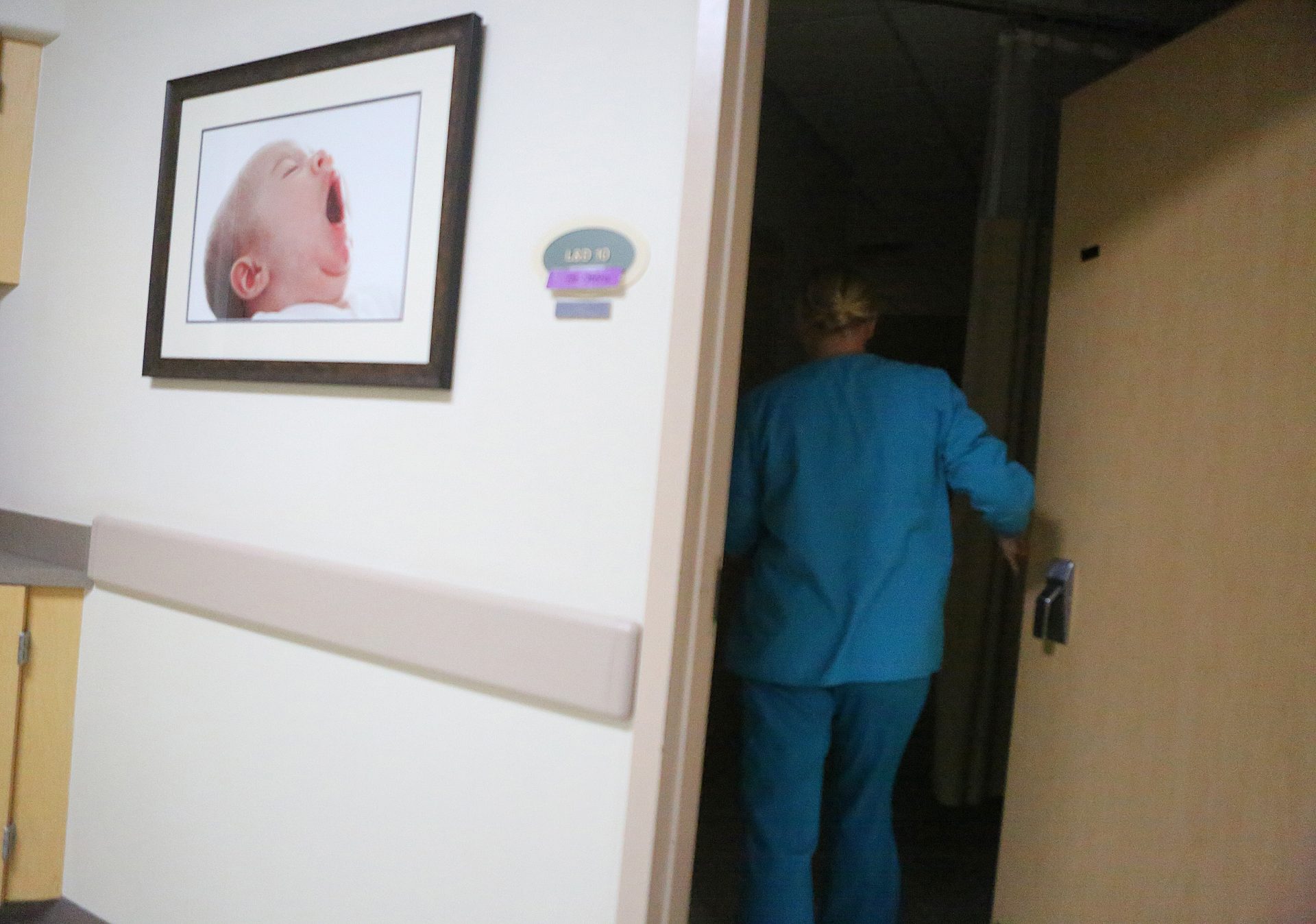
“They don’t realize what they’re doing to their children, their unborn children,” Vela said.
For Vela, access to health care is not the only contributing factor but rather the lack of education and knowledge on maternal health that leads to future complications.
He explained that oftentimes women are unaware of the steps needed to take during a pregnancy including prenatal care.
“It is important, and March of Dimes — this is what they want to emphasize, is the educational component of healthy pregnancies and healthy babies,” Vela said.
The nutritional component is also a vital factor in healthy pregnancies, which Vela believes is not talked about enough.
In fact, he explained that in some cases a woman can become diabetic during pregnancy, something that has slowly become more common.
“… We had the highest incidents of diabetes in the United States,” Vela said. “We continue to have a high carb-rich diet and pregnancy sometimes is the only time these moms are diabetic.
“The stress of the pregnancy flips them over to become gestational diabetics and the pregnancies become complicated.”
Vela explained that about 50% of pregnant women go on to become full on diabetics by the time they’re 50 years old.
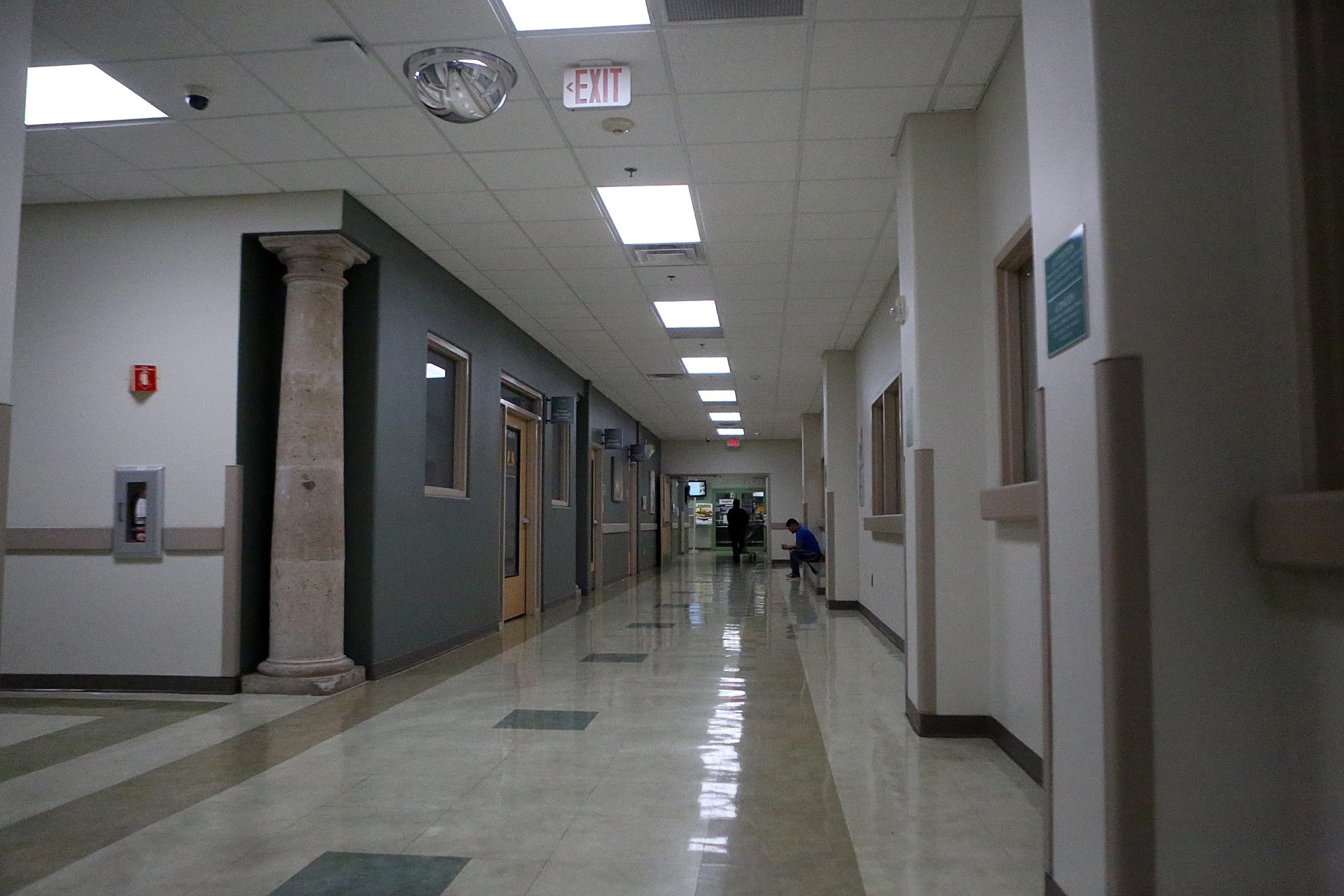
The results of maternal health in the Valley are not only affected by the lack of resources in two of four counties, but rather the aftermath of abortions being banned in the state of Texas, Vela said.
“Unfortunately we are seeing the results of (ending) Roe v. Wade, the choice for termination of pregnancy is gone, right or wrong, it’s gone,” he added. “We’re seeing a lot of moms that are coming in with pregnancies that are back to back.”
He explained that the hospital is seeing children being born under what he referred to as “short interval pregnancies” that are very taxing on the body, making them high-risk pregnancies.
“We never knew how many people terminate pregnancies until we see this rise of, not necessarily unwanted pregnancies but unplanned,” Vela said.
Although the end of Roe v. Wade caused this uptick, Vela said that some aid has been improved for women.
“One of the things that has helped us, however, is that we expanded Medicaid from the three months after delivery to a full year,” Vela said, adding that this allows the mother to receive the necessary care after delivery, including mental health care.
DHR Women’s Health Hospital is located at 5502 S. McColl Road in Edinburg and can be reached at (956) 362-2229.

